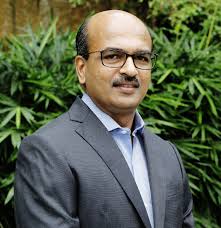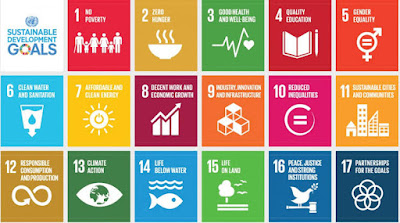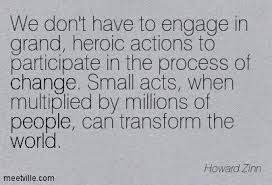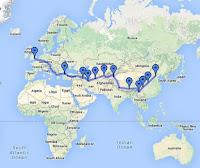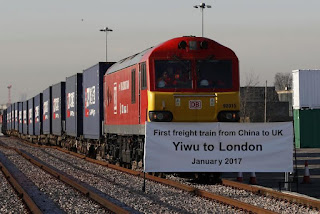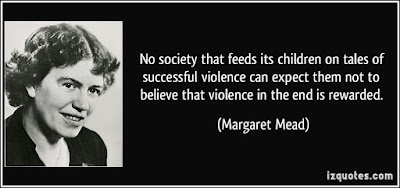These days every organisation, big or small, physical or digital, manufacturing or service, almost all organisations are producing loads of data.
Sensors, RFIDs, social media, Google search, Facebook etc are producing Terabytes volumes of data both are stored data or live data getting generated by the minute at great velocity in different forms or varieties..
Even though engineering field and statistics have come with lot of statistical tools to analyse this data, we need to think whether Big data will help us in identifying trends or patterns in data which is is difficult for naked eyes to identify or find the right data which will help us to identify patte.rns in the data that will help us.
It thus would be of interest for us to ask three questions before we undertake any Big Data exercise.
1. what decisions drive waste in the business ?
2. which decisions could we automate to reduce this waste ?
3. what data would we need to do so ?
As an example we could take up the case of Relinace Fresh store.
One of the greatest sources of waste in a Reliance Store among the Tera Bytes of other Big data generated on a daily basis is the great amounts of fresh vegetables and fruits that get wasted at its different stores.
Identify from Big Data which stores in which areas consume maximum of these fresh fruits and vegetables and which stores consume minimum. From this data we could automate decisionatas to give orders to suppliers and transporters of areas and shops which need maximum deliveries and stores which need minimum deliveries.
The data we need to take this decision to automate the supply decisions to specific Reliance Fresh locations would be sales of fresh fruits and vegetables across the different Reliance Fresh retail outlets across the city and the state.
Instead of analysing all the Big Data generated across the organisation, analysing only that data which generated maximum waste, turns out most beneficial to the organisation in the long run and is called finding the right data.
It would be great for us to find out which are the greatest sources of wastes in the transportation and logistics sector, in the manufacturing sector, in the healthcare sector and so on.
Ge..
Ref : Maxwell Wessel , You dont need big data, you need the right data, HBR, Nov 2016.


